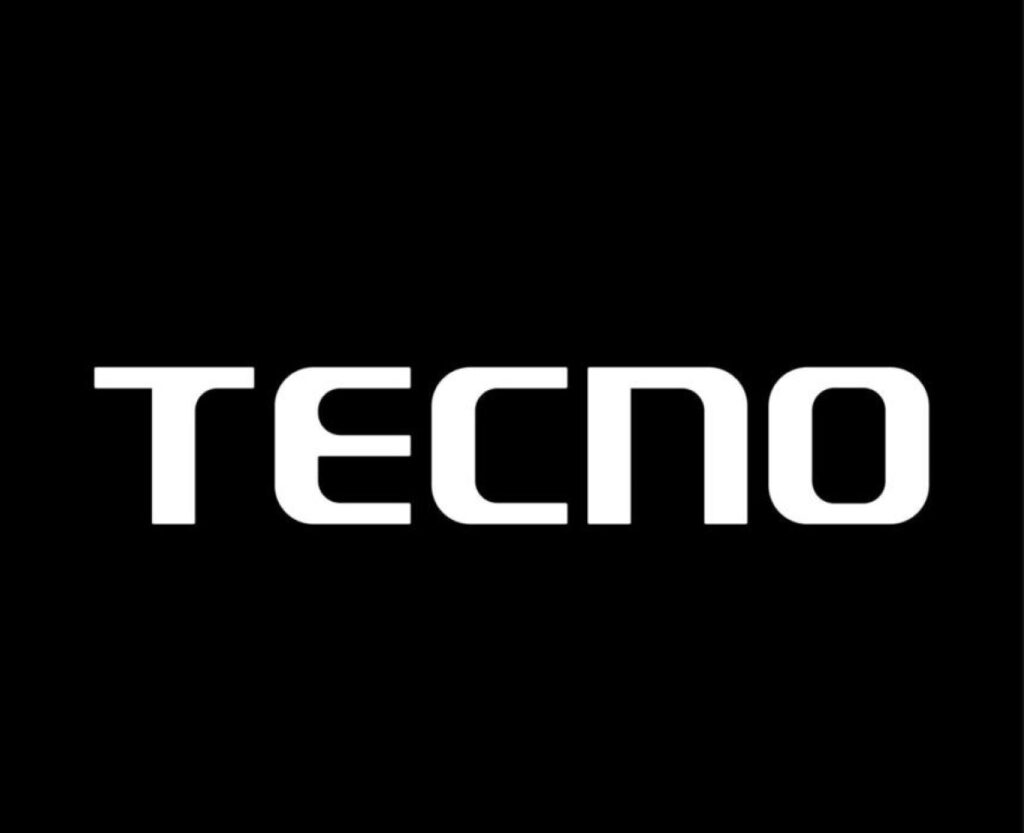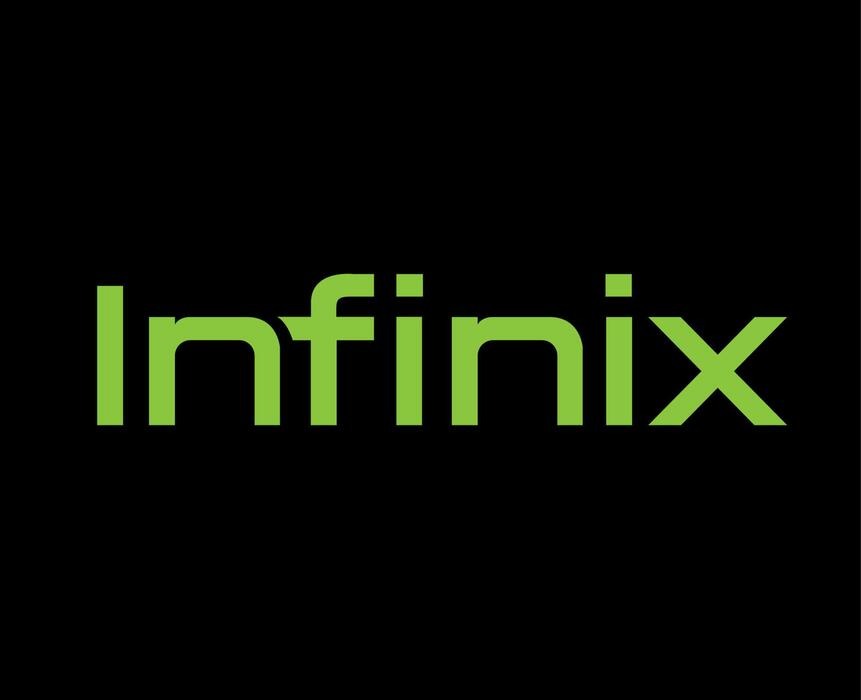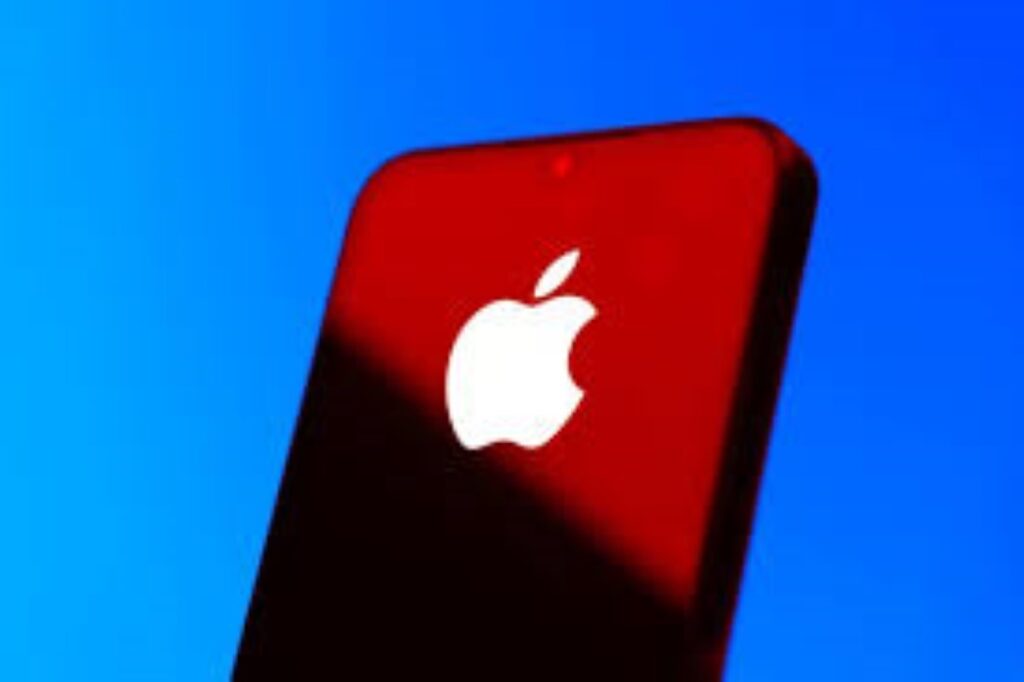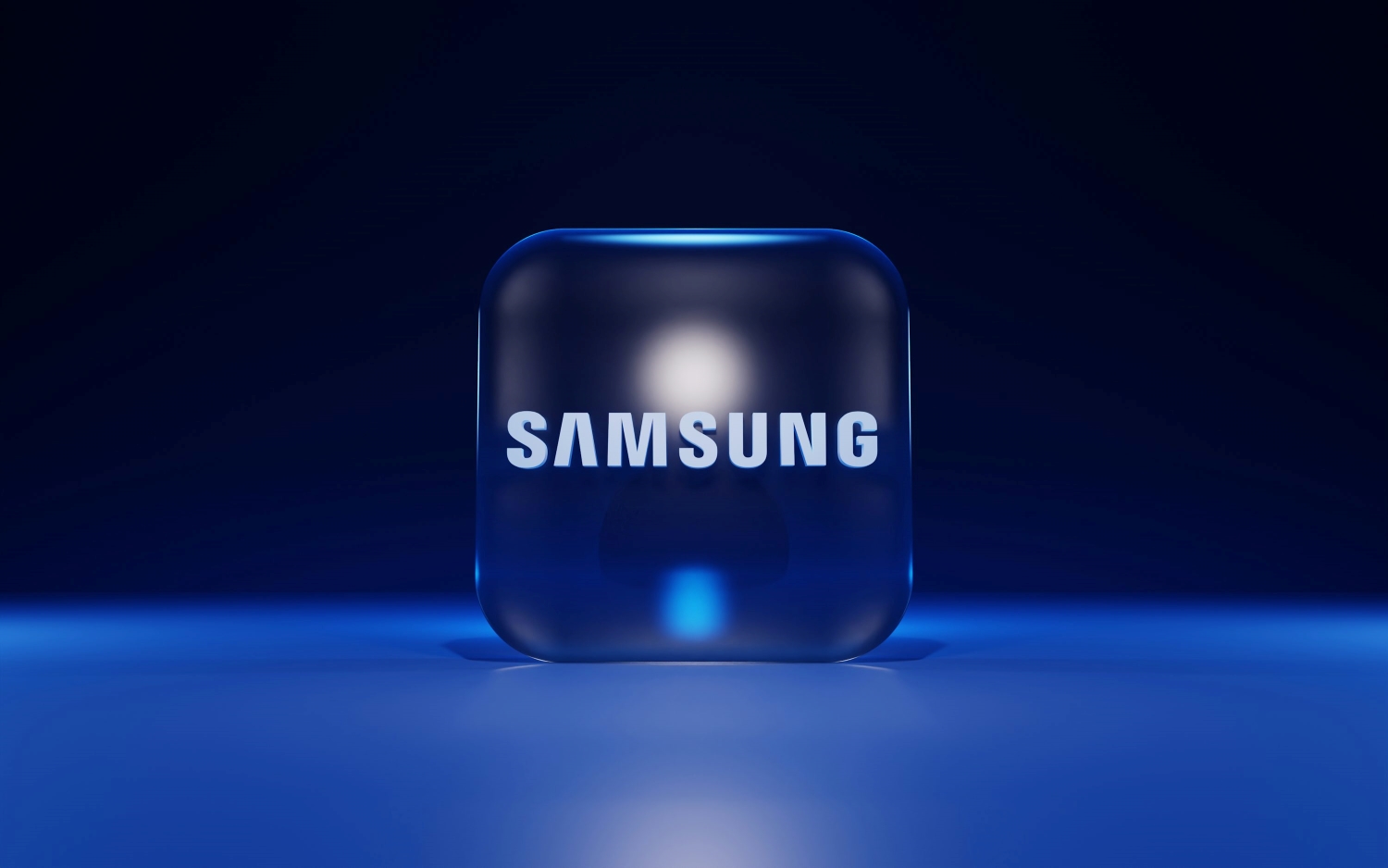At a Glance
- Transsion’s Tecno, Infinix, and itel dominate Africa’s budget and midrange smartphone markets.
- Samsung leads premium-to-midrange sales with its broad Galaxy lineup across multiple African regions.
- Apple captures Africa’s high-income users, driving app ecosystems despite smaller unit sales.
Africa’s smartphone revolution is unfolding at full speed, with brand dynamics that illuminate both regional consumer economics and global supply-chain strategy.
Affordability, dual-SIM capability, long battery life and durability often matter as much as raw specs in many African market conditions under which a select group of manufacturers are defining which devices get used, not just sold.
At the top sits Samsung, the Seoul-based behemoth whose Galaxy A-series, S-series and folding-screen models deliver broad reach from premium to mid-tier across North, Southern and East Africa.
Yet the strategic story lies elsewhere: in the rising dominance of Transsion Holdings, whose brands Tecno, Infinix and itel engineer smartphones explicitly for African realities.
Meanwhile, value champions such as Xiaomi and mid-tier challengers like Oppo, Vivo and Huawei press from behind.
And in the premium niche, Apple commands attention not through volume, but through influence dominating high-income segments and app-ecosystem leadership.
Together these ten brands form the beating heart of Africa’s mobile-device landscape and tracking their distribution, pricing strategy, network readiness and local-service footprints says as much about how smartphones are lived with on the continent as how they are sold.
Samsung
Samsung combines premium flagship sales with expansive coverage in the low- and mid-range. Its Galaxy A-series value phones and high-end S- and Fold-lines give it market leadership across major African regions. According to usage-based data for February 2025, Samsung held approximately 29.8 % of Africa’s mobile-phone market.
Tecno (Transsion Group)
Tecno, a brand under Transsion, is built for Africa. With features like power-efficient batteries, cameras tailored for darker skin tones and pricing tuned for budget markets, Tecno leads unit sales in many West African countries, backed by wide retail and after-sales networks.

Infinix (Transsion Group)
Infinix positions itself toward younger consumers in Africa performance-oriented, often bundled via online channels and telecom subsidies. It delivers strong value-for-money hardware and has gained traction among first-time smartphone buyers.

itel (Transsion Group)
itel specialises in the ultra-budget segment, dominating the sub-US$100 tier and feature-phone conversions. Its mass-market focus and strong retail reach give Transsion a volume advantage across Africa’s most cost-sensitive markets.
Xiaomi
Xiaomi’s strategy of high specs at competitive pricing resonates in price-sensitive African markets. Its push via online retail and expansion of service networks has seen rapid growth, especially in key countries like Nigeria and Egypt. For example, Q1 2024 shipments rose 115 % year-on-year.
Apple
Apple’s Africa story is distinctive: fewer units, but a heavy revenue and influence footprint. iPhones appeal to higher-income segments, drive app ecosystems and sustain service-subscription models. According to usage-based data, Apple held about 13.3 % of Africa’s mobile market in Feb 2025.

Huawei
Huawei’s position shifted under trade-related constraints, yet it remains relevant. Known for durable hardware, long battery life and strong carrier relationships especially in North Africa and parts of West Africa it remains an important mid-tier contender.
Oppo
Oppo focuses on camera and fast-charging features, and has expanded dealer networks across East and Southern Africa. Its mid-range device lineup has become a go-to choice for consumers seeking design, features and affordability
Vivo
Vivo competes on camera performance and sleek design. Though not uniformly dominant across every African country, it is gaining traction in large urban markets where consumers are upgrading from basic smartphones to more feature-rich models.
Nokia (HMD Global)
Nokia’s legacy brand recognition still holds weight. Under HMD Global, Nokia offers clean Android builds, extended security support and affordable models appealing particularly to enterprise buyers and value-conscious consumers who prioritize durability and longevity over flashy features.















